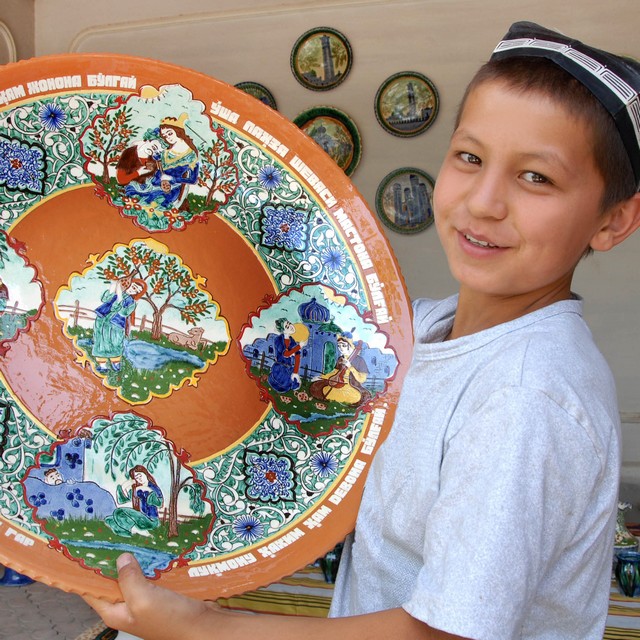
Kyrgyzstan Explorer
Kyrgyzstan
Culture | Silk Road
Heavenly mountains, eagle trainers and glittering lakes
£1,995 pp
This is the per person group tour price, based on 2 sharing. The price is subject to change with exchange rate and flight cost fluctuations.
12 days
2025:
21 June, 23 August
More
